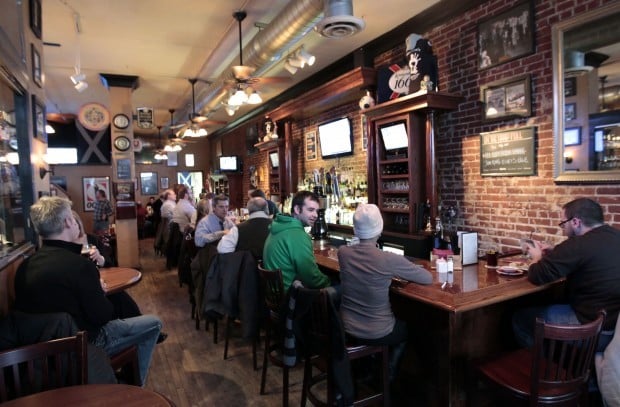

That same year, Horatio Chapin moved to the settlement, opened the first general store with imported (out of state) goods and helped established the first church and Sunday school. In 1831, South Bend was laid out as the county seat and as one of the four original townships of St. The following year, the name was changed to South Bend, probably to ease confusion, as several other communities were named Southold at the time. Taylor was appointed postmaster, and the post office was designated as Southold, Allen County, Indiana. By 1829, the town was growing, with Coquillard and Taylor emerging as leaders. In 1827, Lathrop Minor Taylor established a post for Samuel Hanna and Company, in whose records the name St. Alexis Coquillard, another agent of the AFC, established a trading post known as the Big St. He settled near what is now downtown South Bend. In 1820, Pierre Frieschutz Navarre arrived, representing the American Fur Company (AFC) of John Jacob Astor. The first permanent white settlers of South Bend were fur traders who established trading posts in the area. Joseph River and the Kankakee River in December 1679. The French explorer René-Robert Cavelier, Sieur de La Salle, the first white European to set foot in what is now South Bend, used this portage between the St. This route was used for centuries, first by the Native Americans, then by French explorers, missionaries and traders. The South Bend area was popular because its portage was the shortest overland route from the St. The Potawatomi occupied this region of Indiana until most of them were forcibly removed in the 1840s. Later, the Potawatomi moved into the region, utilizing the rich food and natural resources found along the river. One of the earliest known groups to occupy what would later become northern Indiana was the Miami tribe. Joseph Valley was long occupied by Native Americans.


The city is located just south of Indiana's border with Michigan. The metropolitan area had a population of 324,501 in 2020, while its combined statistical area had 812,199. As of the 2020 census, the city had a total of 103,453 residents and is the fourth-largest city in Indiana.

Joseph River near its southernmost bend, from which it derives its name. South Bend is a city in and the county seat of St. Joseph River, Kankakee River, Juday Creek, Bowman Creek


 0 kommentar(er)
0 kommentar(er)
